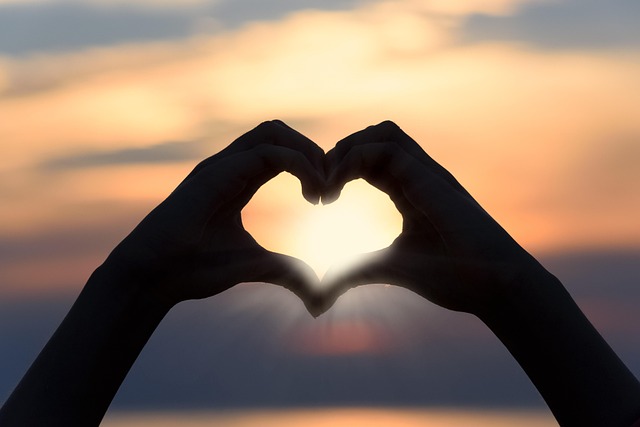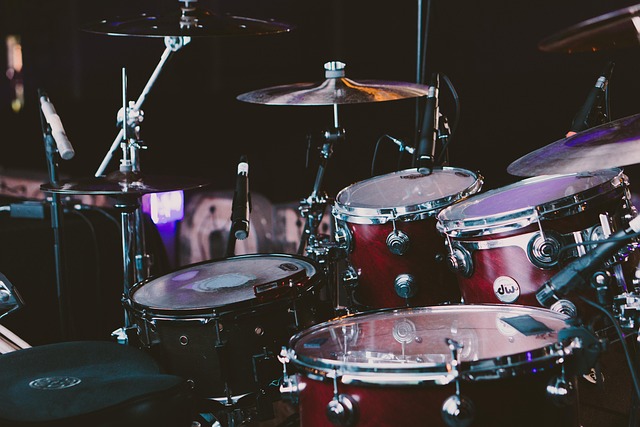Exploring Form and Function: The Art of Shape in Sculpture
In the world of sculpture, shape is more than just an outline or contour. It is the very essence that breathes life into materials, transforming stone, metal, or wood into expressions of human creativity and emotion. When we walk into an art gallery or a public park adorned with sculptures, it’s the shapes that arrest our attention, guiding our eyes and inviting us to explore the meaning behind the forms.
Shape is the silent language of sculpture. A curve can evoke softness, grace, or movement, while angular lines might convey strength, tension, or rigidity. This interplay between form and emotion is what makes sculpture a powerful medium — it speaks without words, relying on our innate ability to interpret and feel its forms.
Consider the timeless appeal of sculptures where organic shapes mimic the fluidity of nature, suggesting growth or transformation. In contrast, geometric shapes often evoke a sense of order, balance, or precision. Both serve different emotional experiences, yet both rely on shape to communicate their unique narratives.
When we engage with sculpture, we often instinctively relate to the shapes presented before us. Rounded, approachable forms can feel inviting and comforting, while jagged, fragmented shapes might elicit discomfort or provoke thought. This emotional connection to shape is the core of why sculpture continues to be a potent artistic form — it transcends the physical and taps into universal human feelings.
Moreover, the use of shape in sculpture reflects not only artistic intention but also cultural values and historical context. From the sleek modernist abstractions to the intricate baroque details, each era’s approach to shape reveals what those societies valued in their art and their worldviews.
Ultimately, the art of shape in sculpture is about creating a dialogue between the viewer and the piece. It’s an invitation to pause, reflect, and allow the contours and dimensions to speak to our senses, inspiring us to see the world through different perspectives and emotional states.




